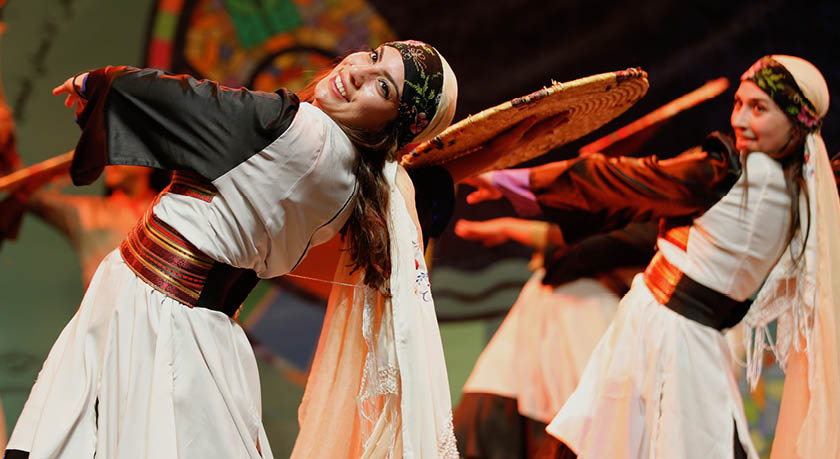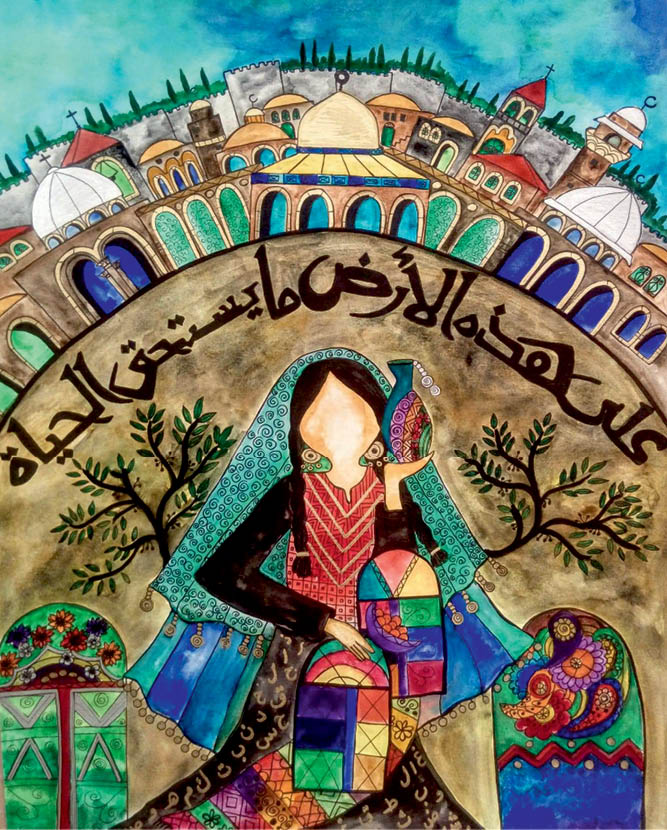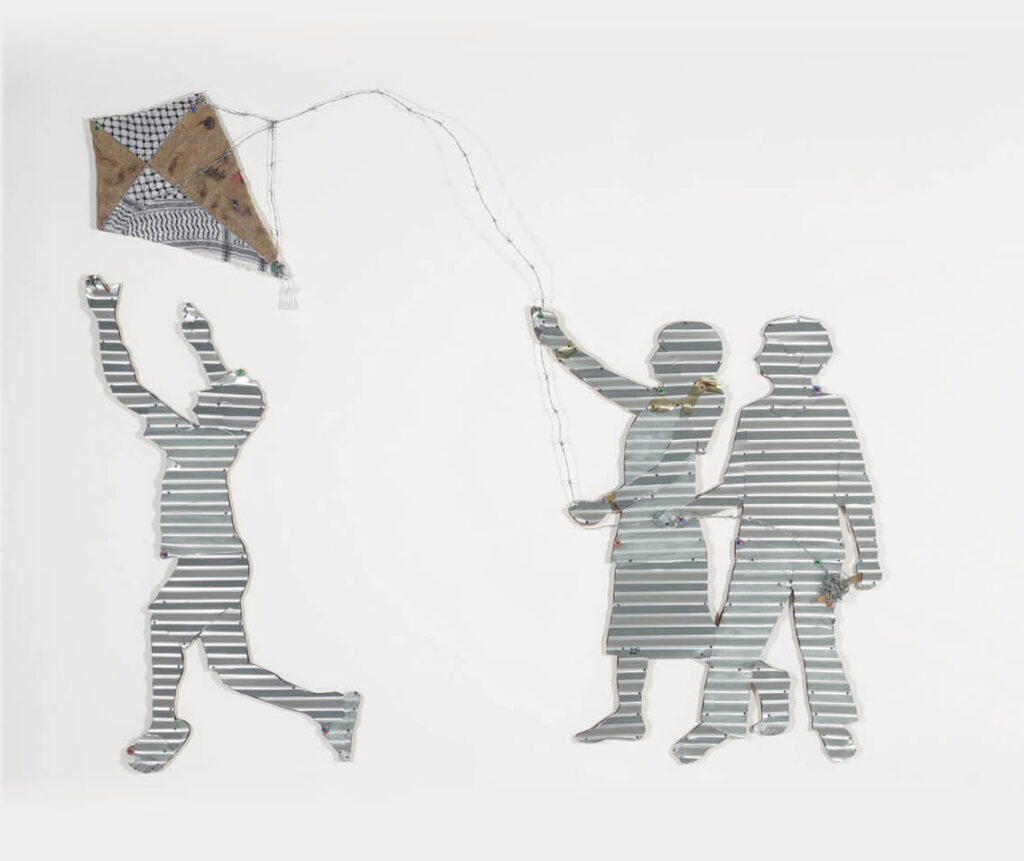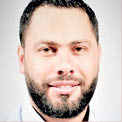Tourism is an important sector in the economy of many states. Not only does it pour money into the treasury, it also equips international and local audiences with information about the history, heritage, culture, and other aspects of a society and a nation. In Palestine in 2017, the tourism sector contributed 2.8 percent to the GDP, as the country welcomed more than half a million tourists.*1
But what is tourism? Encyclopedia Britannica defines it as “the act and process of spending time away from home in pursuit of recreation, relaxation, and pleasure, while making use of the commercial provision of services.”*2 Tourism, however, overlaps with other activities, interests, and processes, including, for example, pilgrimage. This gives rise to shared categories, such as business, sports, and medical tourism (international travel undertaken to receive medical care). While the above definitions clearly point out four main sectors of tourism – recreation, business, sports, and medical tourism – this article explores how cultural tourism can be embedded into the Palestinian tourism sector. What unique features can cultural tourism offer in a context such as Palestine?

To go further, we need to identify the main difference between culture and heritage: culture is based on what the people create and produce, whereas heritage is what the people inherit through nature, history, and culture. While heritage can be found in cities, the countryside, Bedouin communities, historical and religious places, and nature, culture is found somewhere else, in the active expression of exhibitions, artist talks, seminars, cultural organizations, hiking activities, and community volunteering activities, among others. But what are the linkages between tourism and culture? This article proposes one method – the missing package – to link culture and tourism.
“I cannot think of anything that excites a greater sense of childlike wonder than to be in a country where you are ignorant of almost everything.” This quote by the American-British author Bill Bryson assumes that tourism is linked to the excitement of overcoming ignorance. Tourism is about knowledge and learning rather than taking high-quality images of well-built historical places and landmarks.
Tourism must go beyond the classical concept of visiting historical and religious places to include the exposure to various activities and productions that increase knowledge, experience, and critical thinking about the politics, geography, religion, language, food, and way of living of a nation. In Palestine, there are a number of acknowledged cultural organizations that specialize in cultural production that ranges from annual musical and dance festivals, theater production, and cinema, to critical exhibitions, seminars, lectures, and talks. These cultural productions and activities along with site visits are able to give a clear, direct, and inclusive message to tourists, both locals and internationals. To continue this, the relationship and cooperation between the Ministry of Tourism and the Ministry of Culture should be increased. Could an increased cooperation between these two official institutions lead to an increase in the quantity and quality of tourism in Palestine? What kind of package should be designed for local and international tourists?

To answer these questions, we must understand the purpose of tourism and link it to the expression of culture in Palestine. While tourism focuses mainly on increasing the quantity of visitors who enter Palestine for various reasons, our expression of our culture, beyond its intrinsic value, in the context of tourism can and should focus on the messages, content, and knowledge we export to the audience, locals and internationals alike. Beyond being enabled to experience the significant religious and historical sites, the splendid nature and wildlife, the local arts and crafts, the opportunities for adventure and relaxation, our touristic audience should be provided, beyond knowledge and content, with critical questions about the day-to-day challenges that Palestinians must overcome and the suffering they must endure while living under occupation.
What are the critical questions, knowledge, information, and messages we should present to our local and international audience? We need to analyze and redefine many concepts that are taken for granted when we promote tourism in relation to art and culture. For instance: How can the deep connection of Palestinians to the land become a message of resistance and steadfastness through tourism? What is the connection between politics and tourism? And finally, what kind of image of Palestinians should tourism elicit?
To promote tourism, international tourists along with local teachers, students, professors, intellectuals, businessmen, and other segments of the Palestinian community must be invited to participate in specialized and carefully designed cultural tours that entice the critical discourse that creates knowledge and content and that can be shared by family members, friends, and colleagues. This can involve tours of historical places, accompanied by side activities such as seminars, lectures, and artist talks. Such an offering exists, targeting mainly international tourists and expats living in Palestine, through the Alternative Tourism Group of Beit Sahour, which offers tours and has published a guide book that touches on the entire spectrum of Palestinian experience and culture, covering “ancient and modern history, archaeology, religion, architecture and politics, including the daily realities of Israeli Occupation.”*3
We need a new creation of narratives that can be done through tourism and cultural production, targeting local audiences and creating a new discourse about our political, social, economic, and religious situation.
But also in local tourism offerings, we need to involve artists, art, and art production to shed light on our common challenges from various perspectives. Applying this method more consistently will change the concept of tourism. It will encourage us to explore our own treasures and make us go beyond the mere visit of historical and religious sites in Jericho, Nablus, Hebron, and Jerusalem (if possible) to introduce activities that help us better understand the facts on the ground, giving us new insights into our heritage. Visits of historical and religious places mainly narrate the political and religious history of such locations, but culture will relate these narratives to the current situation, introducing new and critical discourse among local audiences by linking the past with the present and, ultimately, the future.

There are three layers to design such a package for tourists. First, we should make all efforts to change and correct the toxic and possibly incorrect information about the Palestinian people and their historical relation to the land. This can be done through classical tours not only to well-known historical places but also to villages, camps, and Bedouin communities, allowing visitors to experience, live with, and talk to local Palestinians. Such tours must narrate not only the historical relationship of the indigenous people to the land of Palestine but should also clearly state the everlasting effect of the physical symptoms of more than 100 years of sequential occupations on the daily lives of these communities. Second, we must redefine and analyze the historical events that Palestinians have faced and connect them to today’s political, social, and economic situation through meetings with Palestinian figures who are capable of providing new and coherent knowledge about today’s geopolitical situation on the ground. Third, and most importantly, we must include visits to cultural organizations, museums, theaters, cinematheques, and elsewhere to highlight the places in Palestine where cultural production creates a critical discourse about issues that are relevant to the Palestinian community. Such instances of cultural and art production not only provide a modern yet civilized image about a hard-working nation in its community, they also show our own challenges and the Palestinian cause from a different perspective, namely the culture and art perspective.
Tourism is not about history and religion, tourism is the continuity of creating new discourses, definitions, and realities about a nation through embedding heritage and cultural production.
The design and application of packages such as the ones I am referring to will require the active involvement of the Ministry of Tourism, the Ministry of Culture, and the relevant civil society and cultural organizations and foundations. Such packages should be widely promoted to local and international audiences in attractive and efficient ways. Pilgrimage tourism to Bethlehem and other places, historical tours to the lowest and most ancient city in the world, and political tours are insufficient to be presented to our audience. Cooperation and critical and creative thinking about heritage and culture and its role in tourism and in creating a new discourse with our audiences is the new approach.
*1 “Tourism Sector,” Palestinian Investment Promotion Agency (PIPA), available at http://www.pipa.ps/page.php?id=1aa82by1746987Y1aa82b#:~:text=The%20estimated%20contribution%20of%20the,in%20Palestine’s%20GDP%20is%202.8%25.&text=The%20tourism%20sector%20establishments%20are,have%20visited%20Palestine%20in%202017.
*2 Tourism, Encyclopedia Britannica, available at https://www.britannica.com/topic/tourism.
*3 For more information, please visit the website of Alternative Tourism Group at http://atg.ps/.


